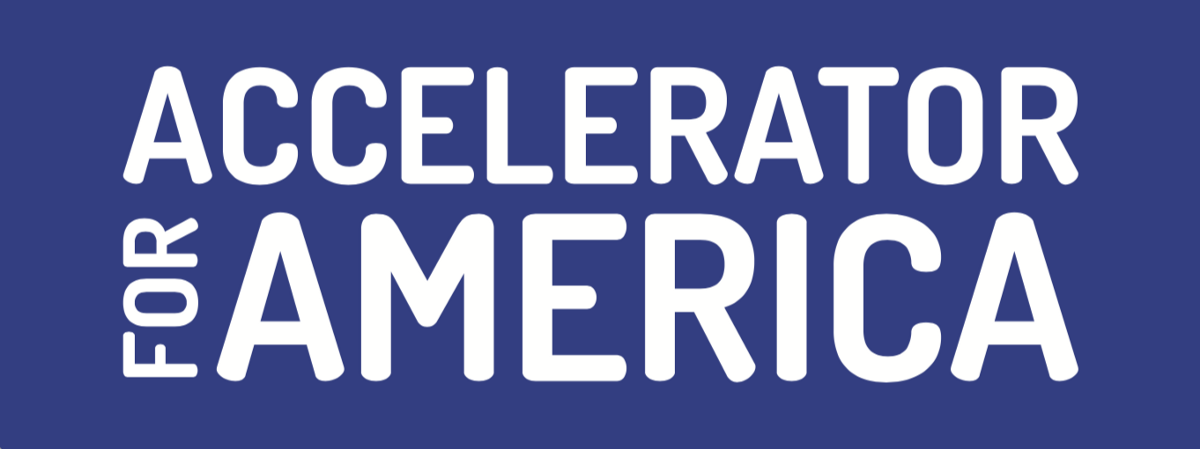Mayor David Holt: Accelerating Oklahoma City's Renaissance
This past spring, I took office as Mayor of Oklahoma City, America’s twenty-seventh largest city. Oklahoma City rightfully feels that it has come a long way over the last 25 years, and the word “renaissance” is thrown around rather freely in our city. But like all big city mayors, I have to work every day to ensure that this “renaissance” reaches every corner of our community. It hasn’t yet.
This is one reason why we are very excited about the potential for Opportunity Zones, the innovation included in the 2017 federal tax bill that seeks to incentivize investments in underserved areas. By investing capital in Opportunity Zones designated by the state, investors can defer capital gains taxes, reduce capital gains taxes, or exempt their investment from capital gains taxes if they hold it for at least ten years. These very real investor benefits are clearly a means to an end for mayors like me. We are anxious to see the channeling of investment and jobs this could bring to the parts of our cities located in Opportunity Zones. In Oklahoma City, our Opportunity Zones include our central business district, a burgeoning innovation district, an arterial in a historically African American population center, an “adventure district” home to many entertainment attractions but little commercial development, a defunct shopping mall, and a handful of blighted corridors.
As the federal government works towards what we hope is a speedy release of regulations that could unleash a flood of capital investment, cities like mine are preparing. But we are not making those preparations alone.
Soon after I took office, I was approached by Los Angeles Mayor Eric Garcetti and Accelerator for America and offered the opportunity (I find it hard not to overuse that word in this context) to work with brilliant urban minds Bruce Katz and Jeremy Nowak to create an investor prospectus to market Oklahoma City’s Opportunity Zones. Much like a start-up might hand a marketing deck to a venture capitalist, we mayors now find ourselves in the position of pitching our Opportunity Zones to a suddenly-interested audience of investors around the nation. But we want to make sure investments go where they can do the most good. For this to happen, mayors cannot sit back. We must be intentional.
We are joined in this pilot program by forward-thinking mayors Greg Fischer of Louisville and Pete Buttigieg of South Bend. Accelerator for America (a “do tank,” not a “think tank,” in Mayor Garcetti’s words), has facilitated our work with Katz and Nowak and brought us together for three days of meetings in June where we were joined by investors and finance professionals to get a better sense of what investors will be looking for. Meanwhile, our team in Oklahoma City has been working with Katz and Nowak to review, analyze and catalog the assets in and around our Opportunity Zones. Compiling data sets that paint a complete picture of the Zones will enable us to put together an investor prospectus that best communicates the opportunities to investors and channels their interest where we need it most.
While there are obvious benefits to the investors, what matters to us is that these investments in our communities could revitalize neighborhoods, increase employment opportunities and enhance the quality of life throughout our city. Here in Oklahoma City, we’re excited to be part of this first cohort and to work with Mayor Garcetti, Accelerator for America, Louisville and South Bend. We believe this unique partnership will help us realize the potential of this unique initiative.
Mayor David Holt took office April 10, 2018 after serving eight years in the Oklahoma Senate. He is the youngest mayor of Oklahoma City since 1923, the youngest current mayor of an American city over 500,000, and the first Native American mayor of Oklahoma City.

